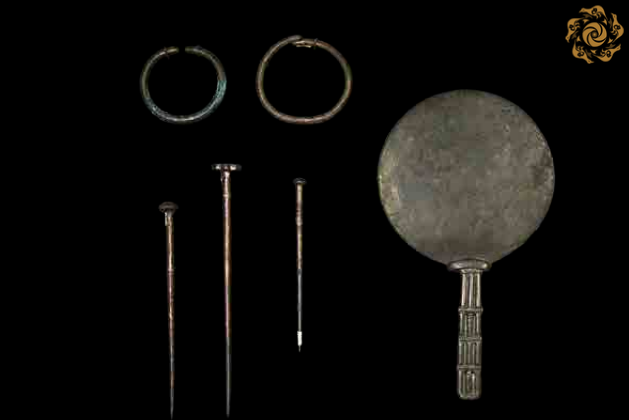The settlements of the 17th-10th centuries BC Sapallitepa and Jarkutan have been studied in sufficient detail to date. Their archaeological complexes made it possible to trace the paths of the formation and development of the proto-urban civilization of the ancient Eastern type, which had ethnocultural contacts with both farmers of the south and cattle breeders of the north
The development of bronze and the appearance of the potter's wheel improved handicraft production, accelerated the process of urbanization in the territory of Uzbekistan. The structure of settlements of those times shows the beginnings of urban culture - a fortified citadel, a fire sanctuary, residential areas and artisan workshops. The diversity of products of master artisans testifies to the developed level of religious beliefs and everyday culture. Some finds prove close economic and cultural ties with the tribes of the Ancient East, India, Siberia and Kazakhstan. Scientists have recorded two types of ceramics: painted - agricultural tribes of the south and gray - steppe cattle-breeding tribes of the north. Each of the trends was distinguished by the originality of pictorial and ornamental decor. Painted ceramics of the Bronze Age from Chust and Shurabashat (Fergana Valley) is interesting - polished ceramics of various shapes are covered with engobe of different shades - from light brown to black. The mastery of pottery processing techniques and the development of the tradition are confirmed by ceramic vessels found at the sites of Jarkutan and Sapalitepa, as well as the settlements of Muminabad and Chakka.
The level of development of bronze casting production is proven by stone and clay crucibles, molds for casting mirrors, sickles and knives. The set of bronze products of the Chust culture includes tools, weapons, horse harness, jewelry and toilet items.
Stone products were common in the form of sickle-shaped knives, grain grinders, hammers, hoes. The set of bone tools is diverse - combs and weaving shuttles, as well as awls and arrowheads.

You can learn more about this topic in the book-album "Collection of the Samarkand State Museum-Reserve".
The main sponsor of the project is the oilfield services company Eriell-Group.
